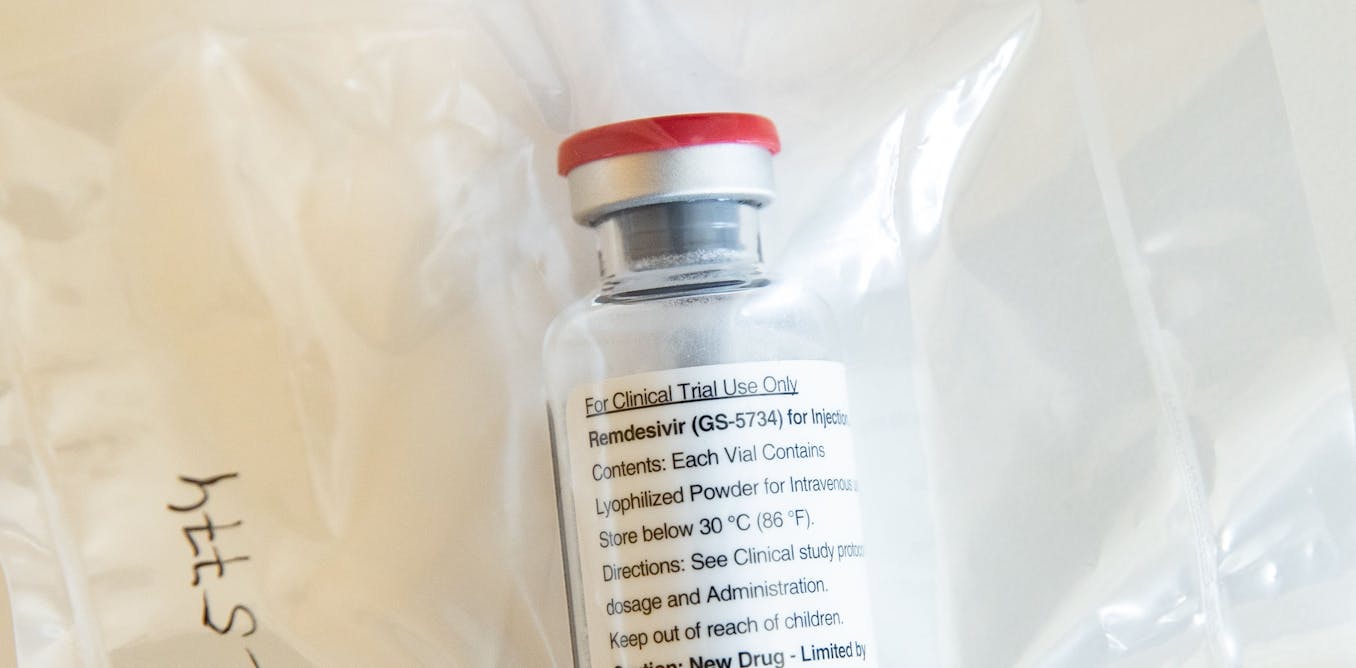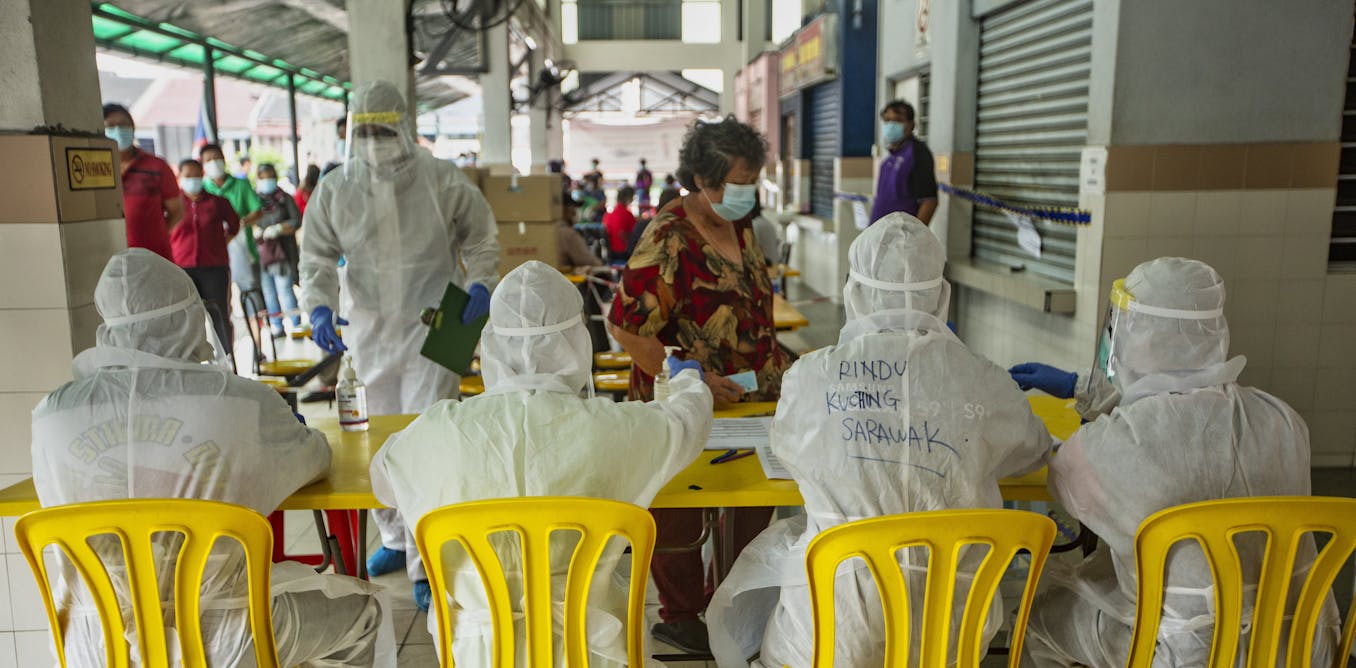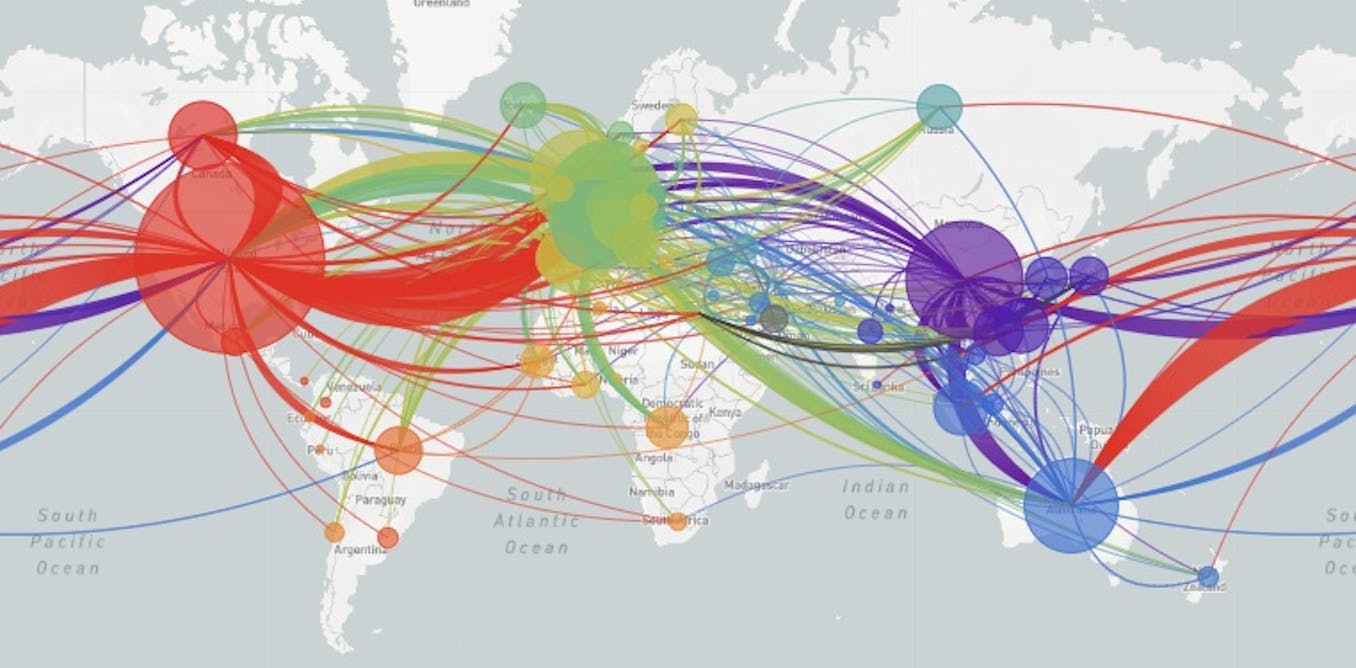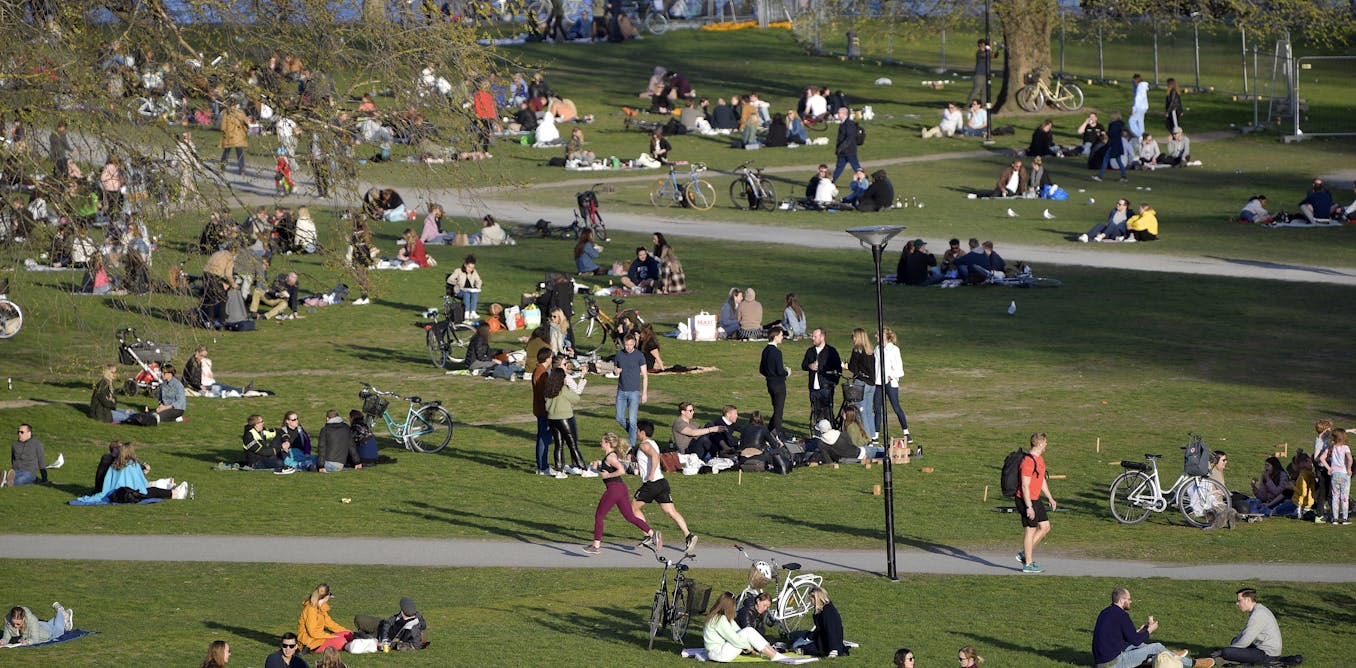This simple model shows the importance of wearing masks and social distancing
A simple computer model shows that safety measures can significantly impact both the exponential spread of COVID-19 and mortality rates.
June 26, 2020 • ~5 min
A few superspreaders transmit the majority of coronavirus cases
Epidemiological data suggests that 80% of COVID-19 cases can be traced to just 20% of those infected with SARS-CoV-2.
June 5, 2020 • ~8 min
Remdesivir explained – what makes this drug work against viruses?
Gilead's drug Remdesivir showed preliminary positive results in clinical trials. But what is this drug and how, exactly, does it work?
May 6, 2020 • ~10 min
The coronavirus genome is like a shipping label that lets epidemiologists track where it's been
Every time the virus copies itself it makes mistakes, creating a trail that researchers can use to build a family tree with information about where it's traveled, and when.
April 27, 2020 • ~8 min
Lack of data makes predicting COVID-19's spread difficult but models are still vital
Why is there such a wide difference in projections for how much COVID-19 will spread? An expert in disease modeling explains what models can and cannot do.
April 15, 2020 • ~8 min
Researcher profile: Professor Julia Gog
Professor Julia Gog is a mathematician who specialises in modelling the spread of infectious diseases, particularly pandemic influenza. For months, she and the other members of her research group in the Department of Applied Mathematics and Theoretical Physics have been modelling and mapping the spread of coronavirus and COVID-19.
April 8, 2020 • ~6 min
/
8








